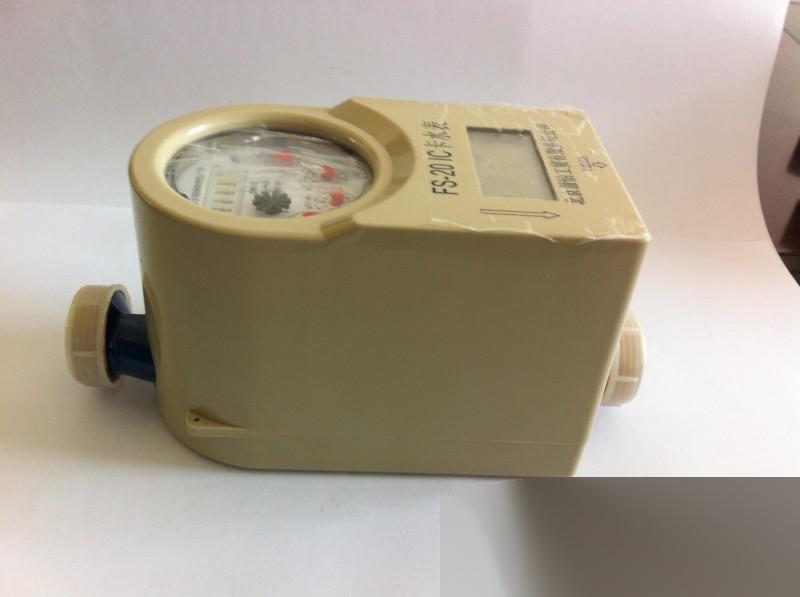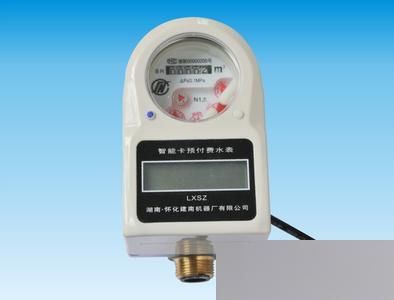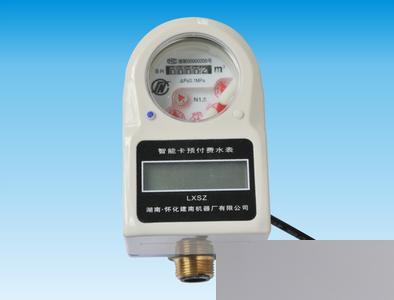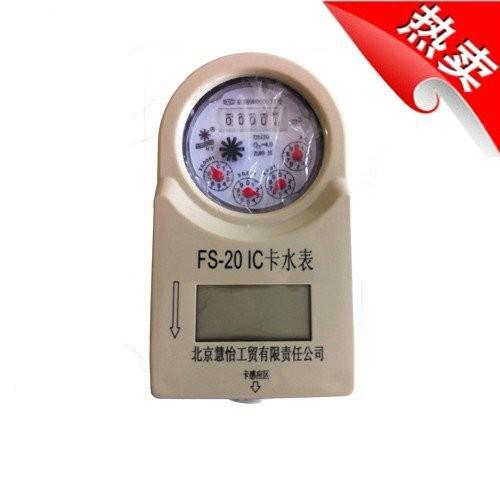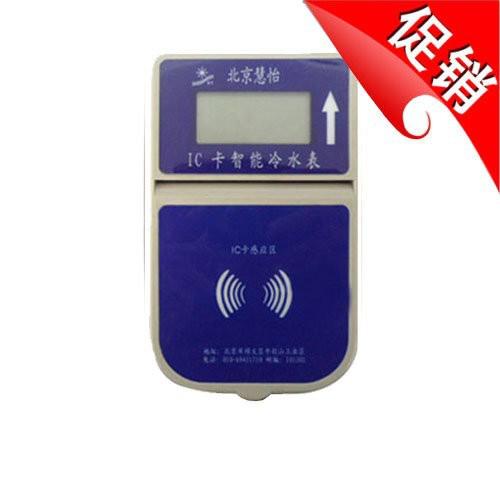Water is closely related to life, maintaining the vitality of all things, serving as the source of life and civilization, and foretelling the destruction of civilization. The recent news headline about the Lanzhou water pollution incident has brought China's water crisis back to the forefront, exposing the pain of drinking water in China. The development of property reclaimed water meters aims to ensure the proper use of water resources. So, what is the lifespan of property reclaimed water meters? Generally, it is more than 6 years! How about water pollution incidents?
In Beijing, carcinogenic, teratogenic, and mutagenic substances are commonly detected in shallow groundwater.
According to data from the Ministry of Environmental Protection, nearly 300 million rural residents in China drink from unsafe water sources, 20% of urban residents' drinking water sources do not meet standards. Half of the urban areas suffer from severe groundwater pollution, 90% of urban river sections are polluted to varying degrees, and 57% of groundwater monitoring points have poor or extremely poor water quality; among the seven major river systems, except for the Yangtze River and the Pearl River, which have good water quality, the Hai River is heavily polluted, while the remaining rivers are moderately or lightly polluted. Property reclaimed water meters are developed in response to these incidents as a water resource management tool that can ensure the adequate use of water resources.
In 2013, the Yangtze River Water Resources Commission released the "Yangtze River Water Quality Bulletin," which showed that the water quality of key lakes such as Dongting Lake, Poyang Lake, and Chaohu Lake in the Yangtze River Basin is classified as Class V or worse, indicating eutrophication. In other words, the rivers with Class V water quality mentioned above are flowing with useless wastewater that does not even meet the standards for ordinary landscape water use.
Each year in China, washing machines consume water equivalent to 300 West Lakes in Hangzhou, with pipe network leaks enough to supply 400 million people for a year.
According to data from the Ministry of Water Resources, among 669 cities in China, 400 face water supply shortages, 110 are seriously water-stressed, and 32 megacities with populations over one million, 30 have long-term water shortages. Referring to recent water usage data in China, in 2010, China used more water than the total volume of 6 Qinghai Lakes, with total water consumption nearing the saturation of national freshwater reserves. In addition, China's water consumption per ten thousand yuan of GDP is four times the average level, and each year washing machines can consume water equivalent to 300 West Lakes in Hangzhou. The water lost due to urban water supply network leaks is enough to supply 400 million people for a year. In early 2013, a "Map of Cancer Villages in China" created by public welfare advocates gained attention online, with the number of villages estimated to exceed 200. Reports of groundwater pollution leading to a high incidence of cancer and even sterilization of cattle and sheep have emerged in many regions. The Ministry of Environmental Protection's 2 month report titled "Twelfth Five-Year Plan for Environmental Risk Prevention and Control of Chemicals" states that some areas have developed cancer villages due to environmental pollution. According to information from the Ministry of Land and Resources, wastewater discharge in Haicheng, Liaoning, caused widespread groundwater pollution, resulting in the death of 160 people in a nearby village due to water. Even in Beijing, carcinogenic, teratogenic, and mutagenic substances are commonly detected in shallow groundwater. These "three carcinogenic" organic substances may also exist in other cities and regions in eastern China.




